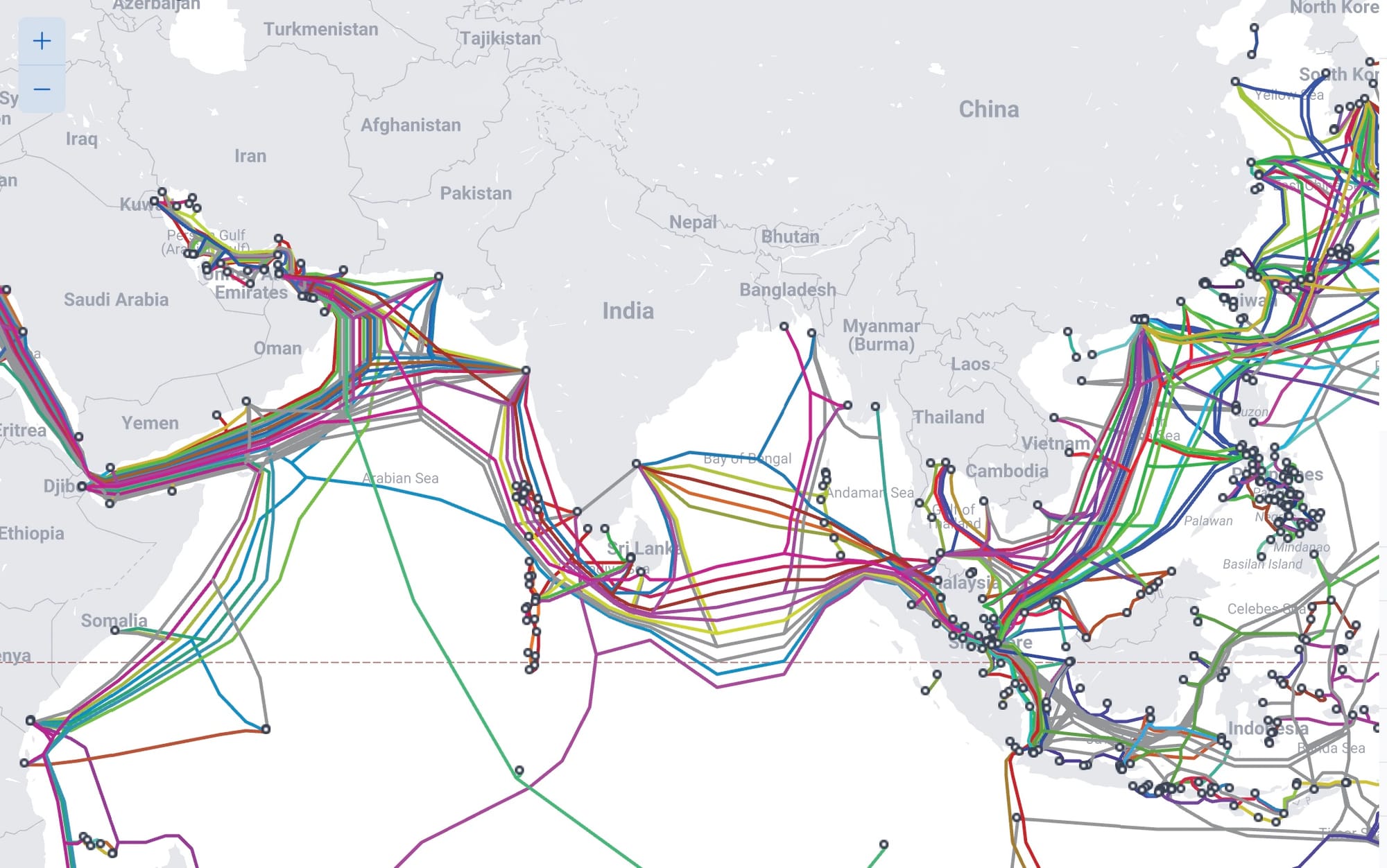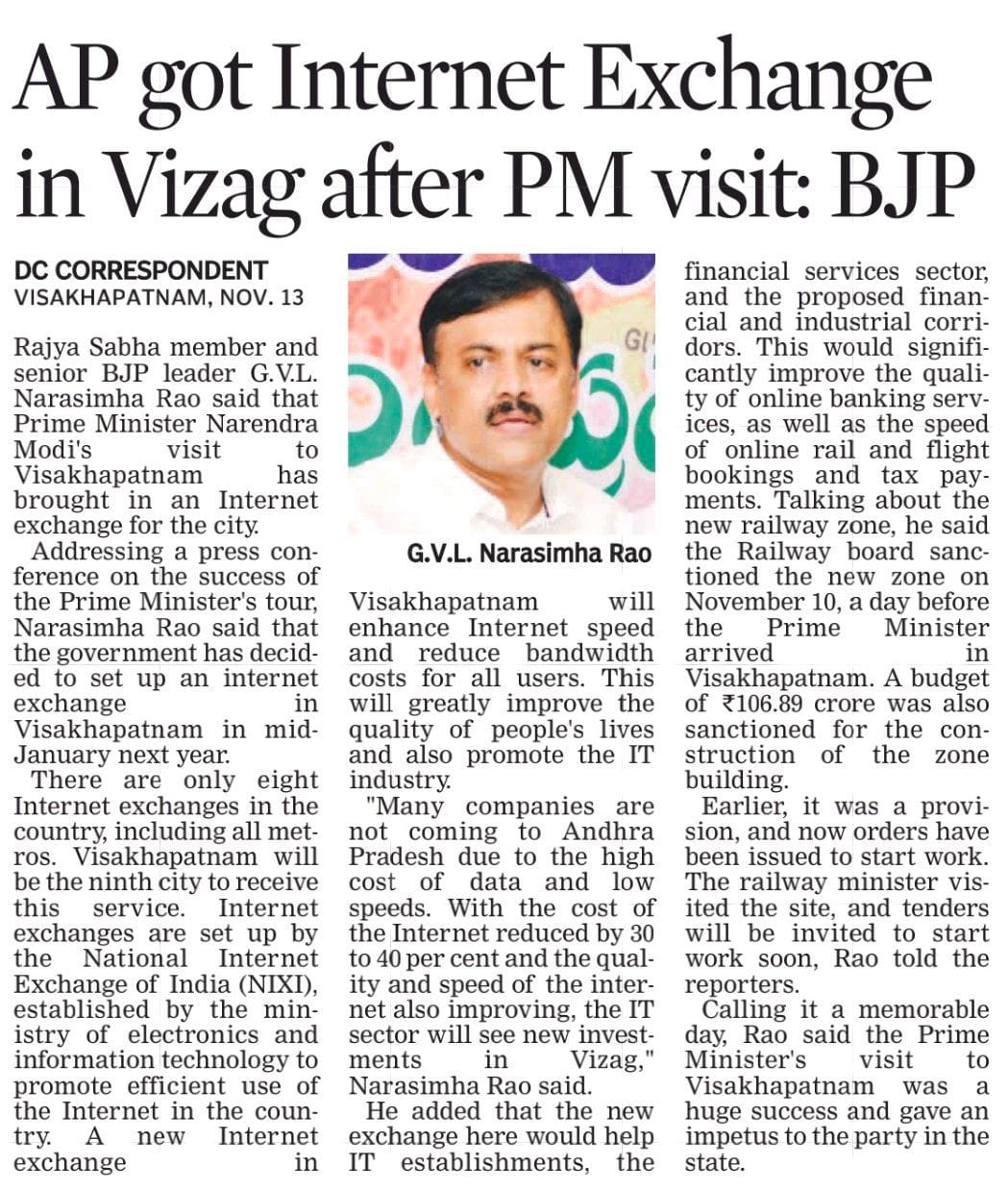Dear DoT & TRAI, IXPs Are Not ISPs - End the Policy Paralysis

Internet connects everyone, but Internet eXchange Points connect Internet. Despite having over 944 million internet users, A fundamental missing element in India's digital landscape is a robust, enabling framework for Internet Exchange Points (IXPs).
India currently lacks a cohesive national IXP policy. Recent developments indicate a problematic shift towards regulatory overreach, mistakenly categorizing IXPs as internet service providers—contrary to global practices. This could date back to establishment of NIXI ( Operating without license until 2024 ) back in 2003 under MEITY (It should have been under DoT).
This confusion surfaced clearly in the response to Parliamentary Question No. 4250 (March 2025), incorrectly claiming IXPs indirectly serve end-users. Such misclassification could subject IXPs to unrealistic regulations such as content filtering and URL blocking—tasks impossible at the IXP level.
Our joint representation to the Minister of State for Communications clarified:
“IXPs do not provide Internet service directly or indirectly. They are neutral interconnection hubs where ISPs, CDNs, and cloud providers exchange traffic.”
Global Best Practices from the US, UK, and Europe
Internationally, successful digital economies adopt minimal or no regulation for IXPs:
- United States: IXPs are largely self-regulated through private-sector governance models, fostering innovation and reducing unnecessary regulatory barriers.
- United Kingdom: IXPs operate without licensing under a general authorization framework, with minimal requirements focusing on security notifications.
- European Union: Member states like Germany, France, and Finland maintain very light-touch regulatory frameworks. For instance, Germany does not license IXPs, and France requires no approval as IXPs utilize no scarce resources.
These countries not only demonstrate higher broadband penetration rates but also experience significant cost savings, enhanced internet speed, and better infrastructure resilience due to thriving IXP ecosystems.
India’s Current Trajectory and Risks
Contrasting global best practices, recent TRAI recommendations propose placing IXPs under an authorization regime. This "light-touch" approach still creates compliance barriers, potentially raising costs and deterring new entrants, particularly in smaller cities.
IXPs are critical infrastructure, significantly reducing internet traffic costs (by up to 90%) and boosting local internet speeds (up to 10 times). Benefits include:
- Enhanced access for rural ISPs.
- Improved infrastructure for education, healthcare, OTTs, and financial services.
- Reduced international bandwidth dependency, strengthening national digital sovereignty.

A robust IXP network correlates directly with higher broadband penetration and significant economic growth. A 10% increase in fixed broadband penetration could boost India's GDP by 1.63%, adding approximately $500 billion by 2030.
As some of you already know, we run a non-profit, no-port fee - Internet Exchange in Amaravati in the name of Amaravati Internet Exchange since 2018 for the benefit of tech community in and around Vijayawada & Guntur along with the upcoming city Amaravati. We are the first and only Internet Exchange with no port fee in Southern India to do so.

I vividly remember the backlash from Industry & Tech community when Prime Minister Shri. Narendra Modi ji has announced Internet Exchange to AP in 2022 but in reality DoT has been harassing and sending show cause notices to Amaravati IX despite the policy gap and a lot of grey area.
Policy Recommendations for India
- Explicitly exempt IXPs from licensing under Section 3(3) of India's Telecommunications Act, 2023.
- Align Indian policies with US, UK, and European best practices, facilitating a market-driven IXP ecosystem.
- Support regional and community-led IXPs, particularly in underserved areas.
- Realign TRAI's regulatory stance, acknowledging IXPs as neutral, infrastructure providers, not telecom service providers.
India stands at a critical juncture. Adopting an open and enabling regulatory framework for IXPs, similar to successful global models, is essential to harness the full potential of our digital economy. Let’s ensure India becomes a digital innovation leader rather than remaining just a consumer.
PS: Additional media review about our Joint Representation at https://www.medianama.com/2025/04/223-industry-flags-govts-misclassification-of-internet-exchange-points/
Act now to avoid repeating past oversights and embrace a thriving digital future.
